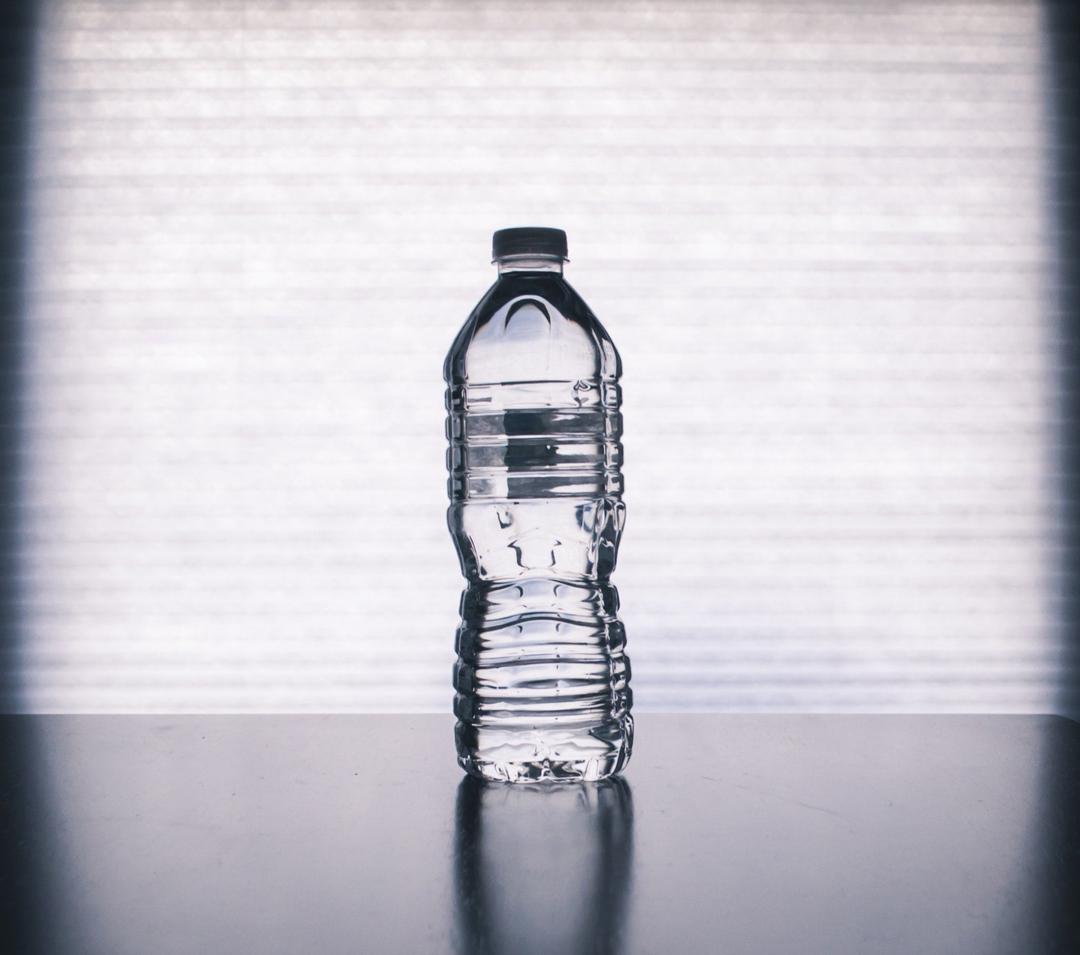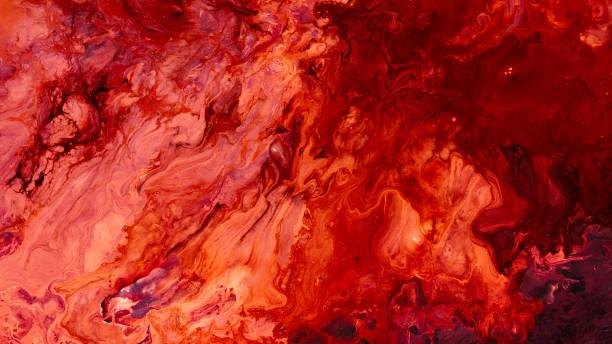Many water drinkers throughout the U.S. rely on bottled water as a safe and convenient means of hydration. This is particularly true when communities lack trust in their municipal water supplies. But is bottled water really safer than the tap water flowing from your kitchen faucet? And is it actually a more cost-effective solution than a home water filtration system?
If you opt for single-use bottles of water as a "cleaner alternative" to your tap water, you may be surprised to find out that the water often comes from the exact same source. Keep reading to learn why bottled water may not be the best option for consumers in search of a clean water source.




